Declared Independent on 4 July 1776
War to make such independence from Britiain a reality extending from
19 April 1775 to the signing of the Treaty of Paris on 3 September 1783
Articles of Confederation and Perpetual Union ratified 1 March 1781
United States Constitution ratified 21 June 1788
George Washington sworn in as First President on 30 April 1789
| 1790 Population |
|
3,929,214 |
| 1800 Population |
|
5,308,483 |
| 1900 Population |
|
76,212,168 |
| 1950 Population |
|
150,697,361 |
| 2000 Population |
|
281,421,906 |
| 2017 Population |
|
324,448,000 estimate |
| |
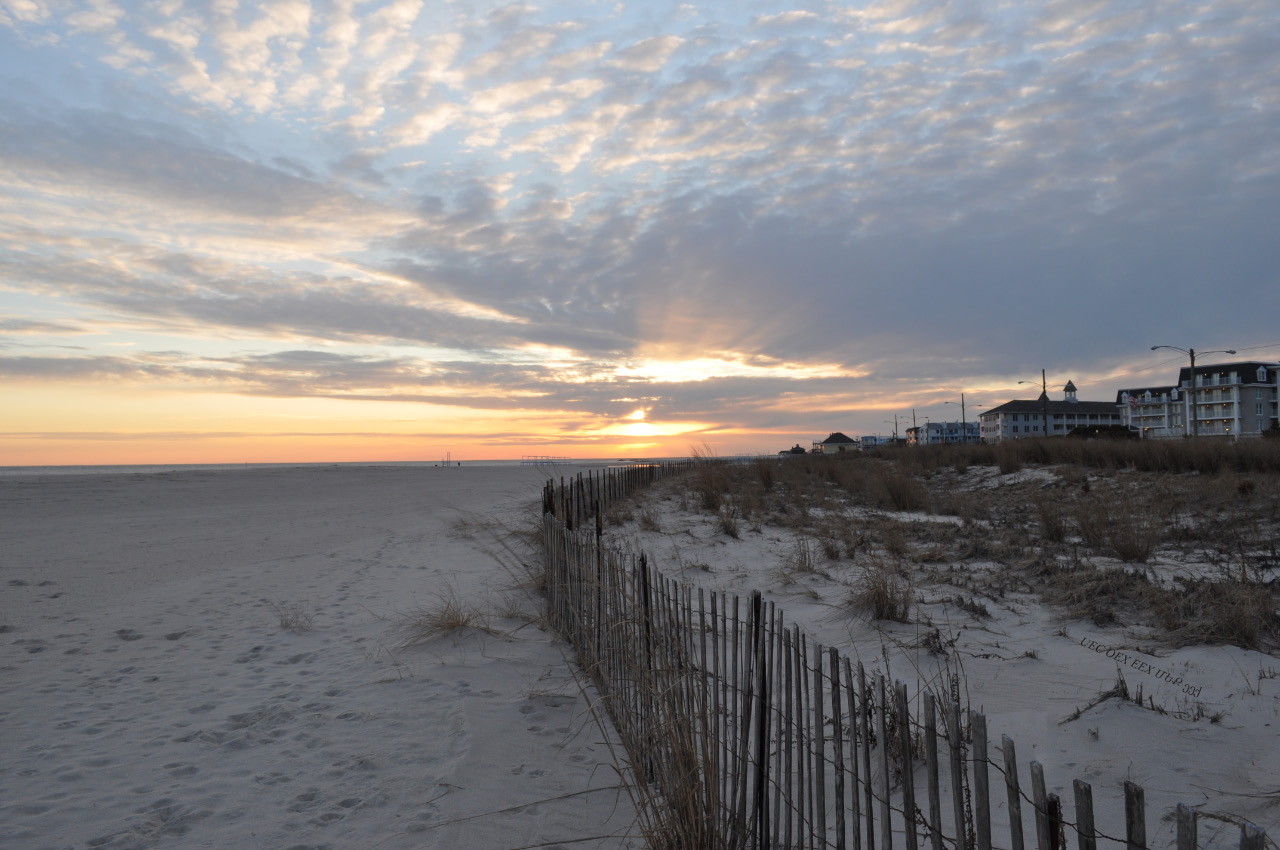 |
|
| |
... beautiful sun rising on beautiful beach of beautiful Cape May in beautiful America - May God Bless Her. |
|
| |
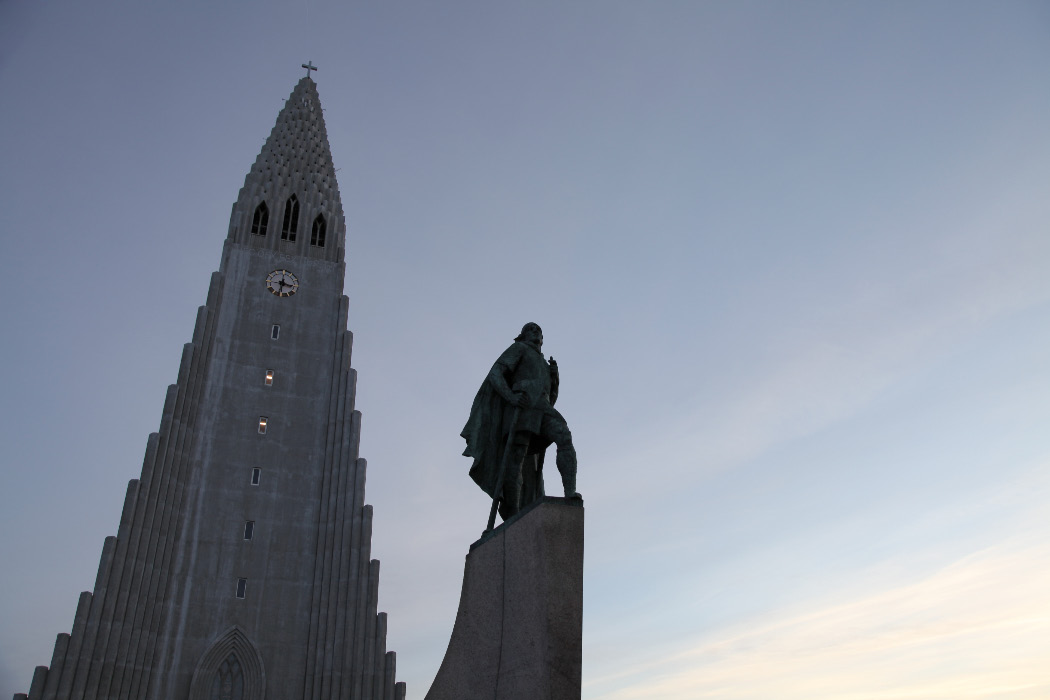 |
|
| |
In Reykjavík, Hallgrímskirkja and Leifr Eiríksson sculpture by A.S. Calder with Cross and in chainmail with sword and battleaxe.
|
|
| |
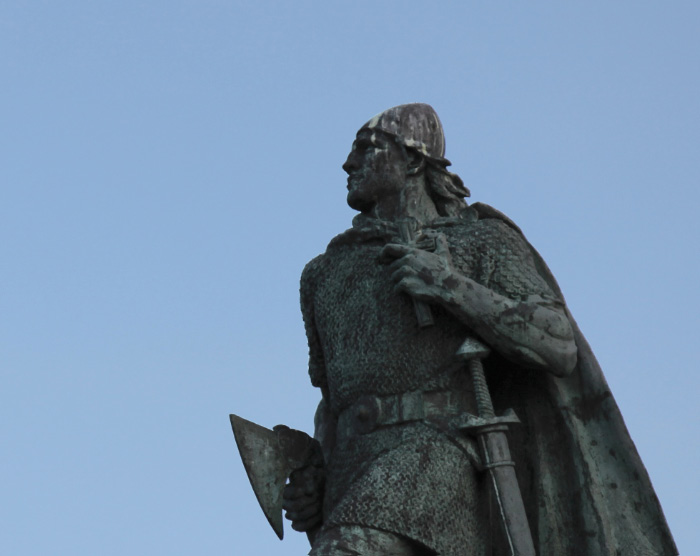 |
| |
|
— the Old Evangelization — |
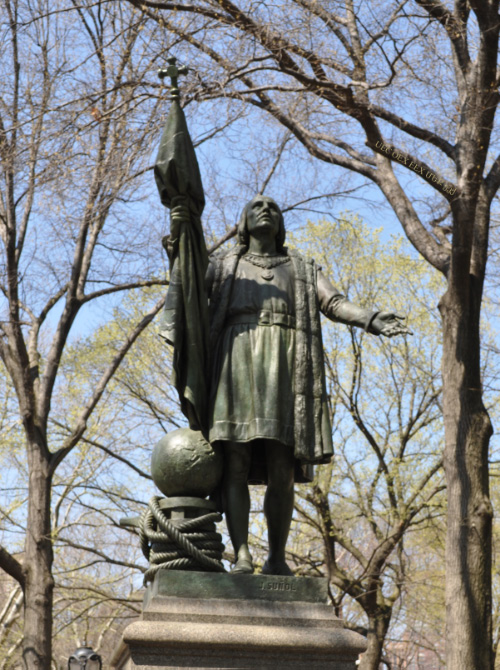 |
|
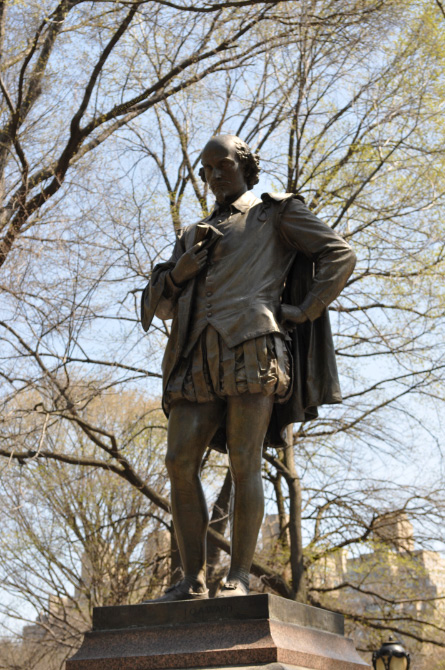 |
| |
|
Orthodox-Catholic Christian foundations for America
|
|
|
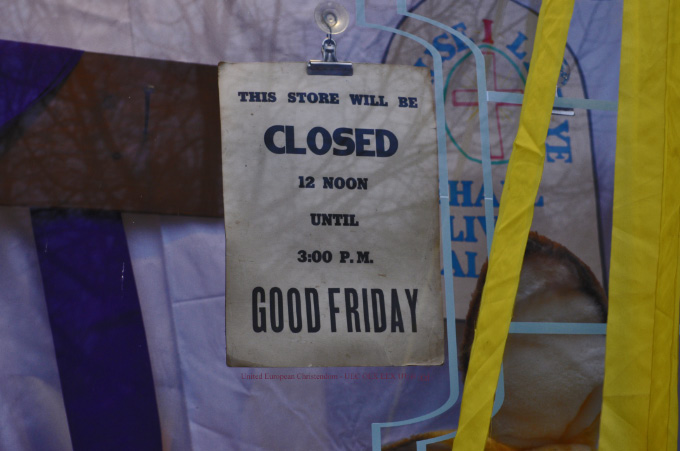 |
|
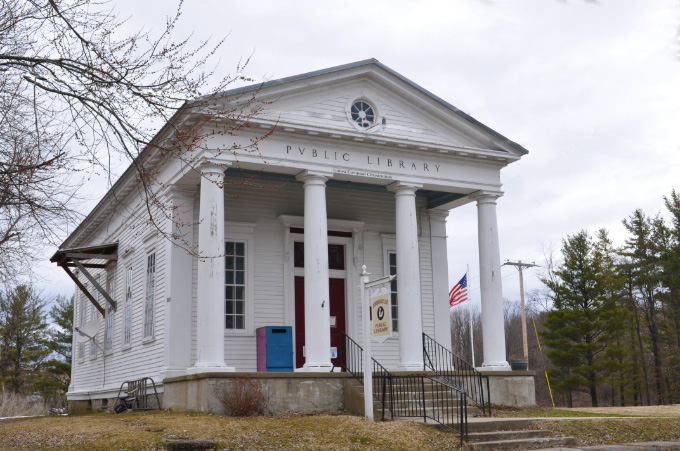 |
| God and His Good Friday honored in Cooperstown (home of the Baseball Hall of Fame and much of ROCOR). |
|
Two United States Presidents visited this local library in this tiny American town, near the baseball Hall of Fame and the seminary for the Russian Orthodox Church Outside of Russia. Do not expect great things to come out of the leaders of the latter, curiosity though it is ... and in the Apostolic Succession! |
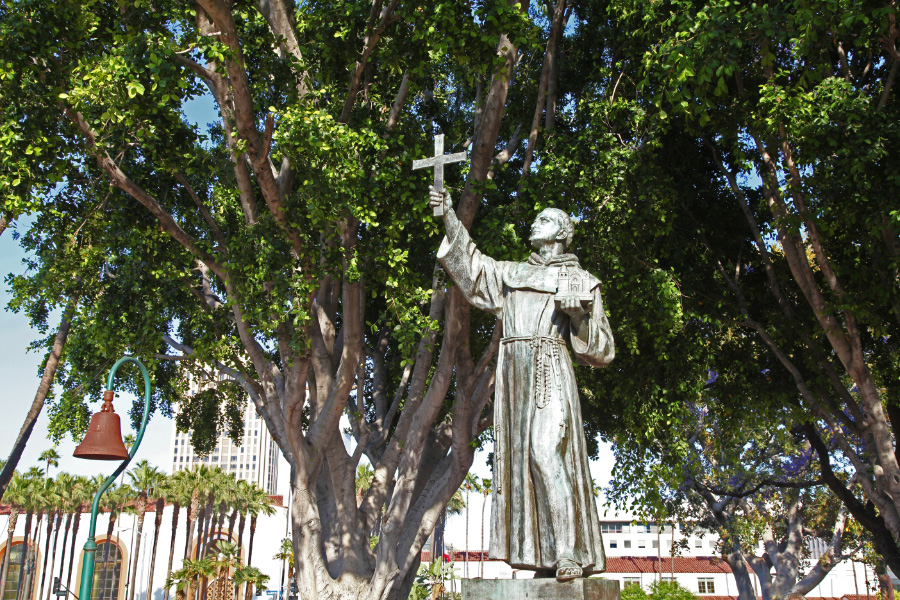 |
|
| |
Blessed Junípero Serra, O.F.M. monument in Los Angeles, California, formerly part of New Spain — in either case,
part of the founding and development of Cristiandad Europea Unida - United European Christendom. |
|
|
|
|
| |
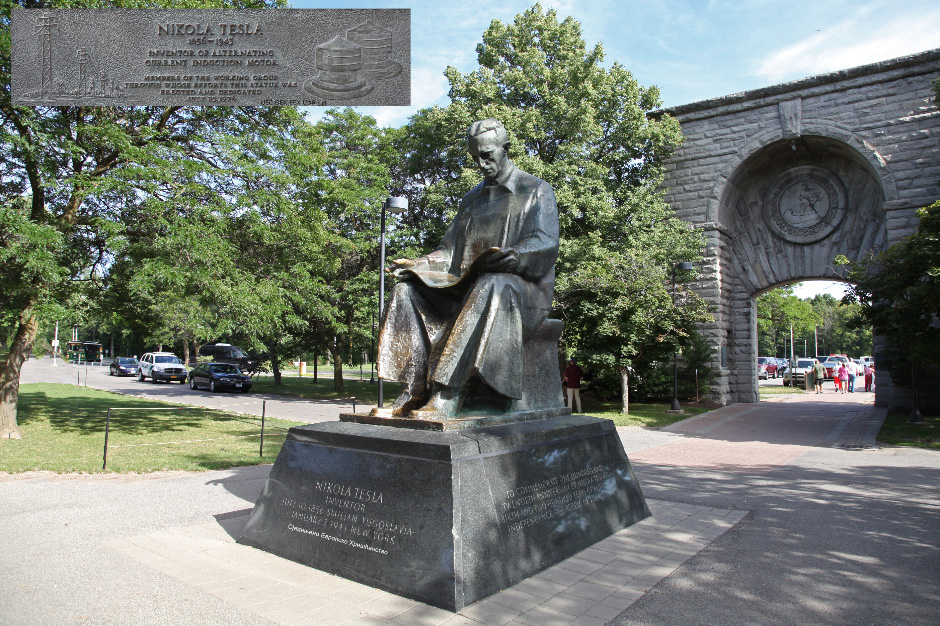 |
|
| |
Adopted son of America, born in the Croatian domains of the then Austro-Hungarian Empire, the father of Никола Тесла – Nikola Tesla was a Serbian Orthodox priest, as was his maternal grandfather. He credited his eidetic memory to his mother Đuka. Perhaps by right, in today's money, the world's first trillionaire by virtue of his work with Alternating Current, fate and legal machinations decreed otherwise, and Tesla died unmarried, childless and indebted in the New Yorker Hotel, the same year of 1943 as Рахманинов – Rachmaninov and four-hundred years after another extraordinary son of European Christendom, the polyglot/polymath, German-Polish Catholic priest Mikołaj Kopernik – Nikolaus Kopernikus – Nicolaus Copernicus. Monument in Niagara Falls, New York, the site of the world's first hydroelectric power station, to Tesla's two-phased system specifications. |
|
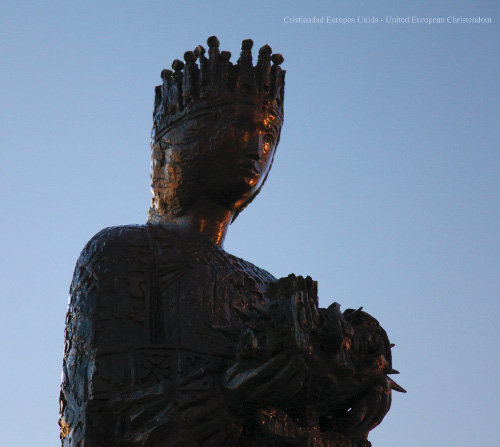 |
|
|
| Ysabel I la Catolica in Washington, D. C. |
|
|
|
|
| |
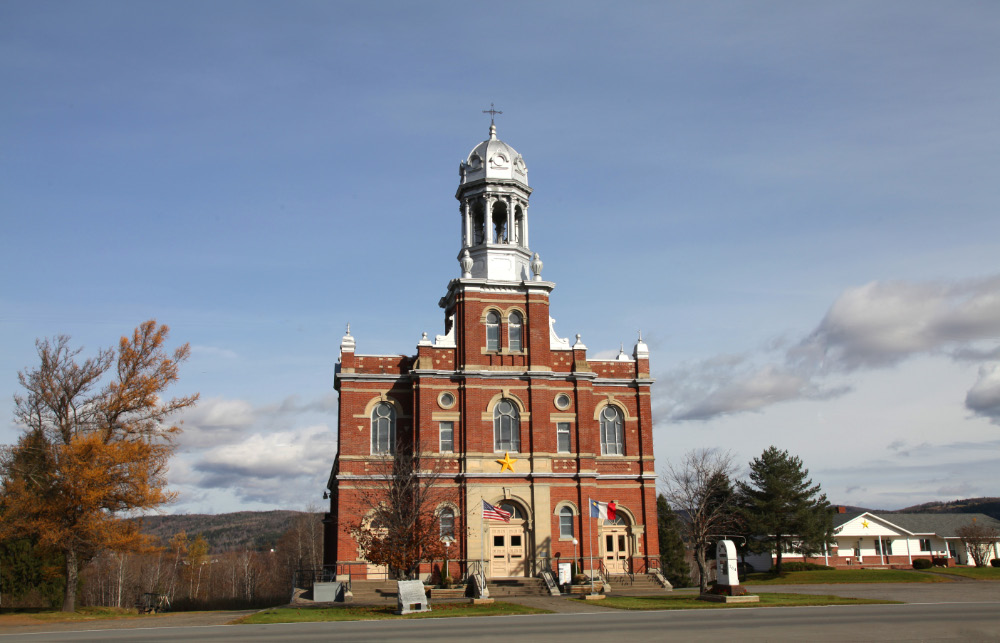 |
| |
|
Catholic Church of Saint David in Saint David in French-speaking, northern Maine |
|
|
|
| |
 |
|
| |
A view from Saint David near Madawaska in French-speaking Maine across the Saint John River to New Brunswick in Canada. The twin spires of the Church of the Immaculate Conception in Edmundston rise above the city, in multiple senses. |
|
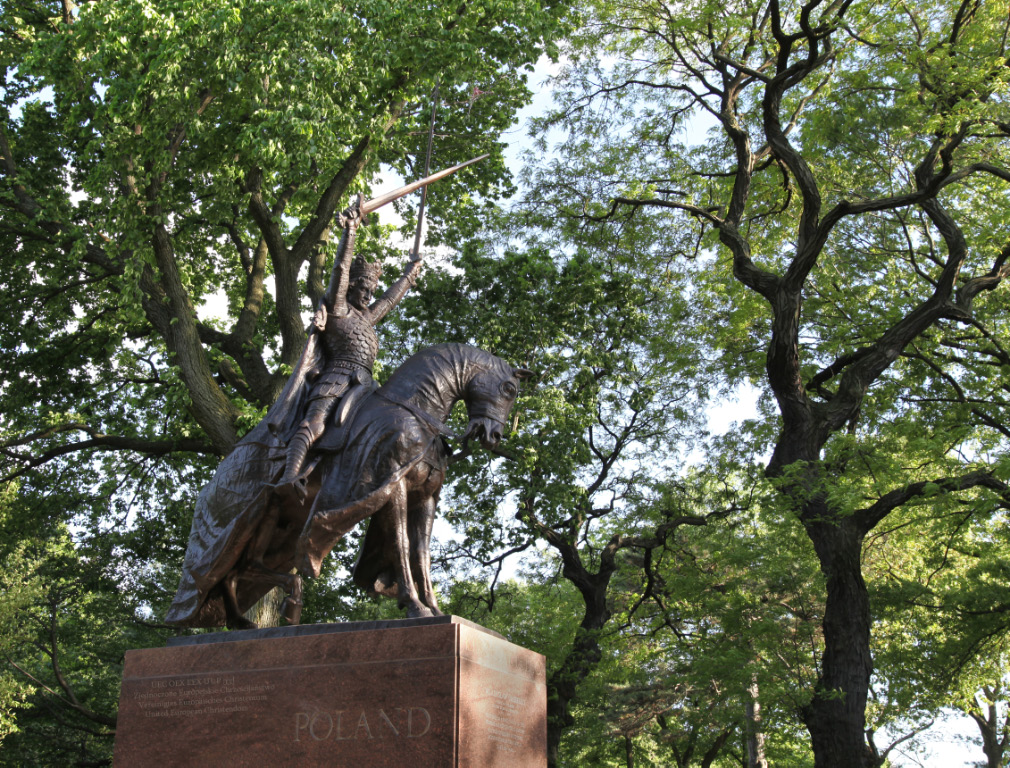 |
Grand Duke of Lithuania Władysław II Jagiełło
1362-1434, r. in Lithuania 1377-1434;
later also King consort (from 1386) and King (from 1399) of Poland after his marriage and conversion to Christianity under the leadership of his saintly bride
Queen (technically King) Saint Jadwiga
(1373/4 – 17 July 1399)
Jagiełło was victor over the Teutonic Order
- fellow Catholic Christians ... lovely -
at the 15 July 1410 Battle of Grunwald. |
| |
Monument in Central Park |
|
| |
|
|
|
| |
We shall have world government, whether or not we like it. The question is only whether world government will be achieved by consent or by conquest. |
|
| |
|
James P. Warburg before the Subcommittee on Revision of the United Nations Charter of the Committee on Foreign Relations, 17 February 1950 |
|
| |
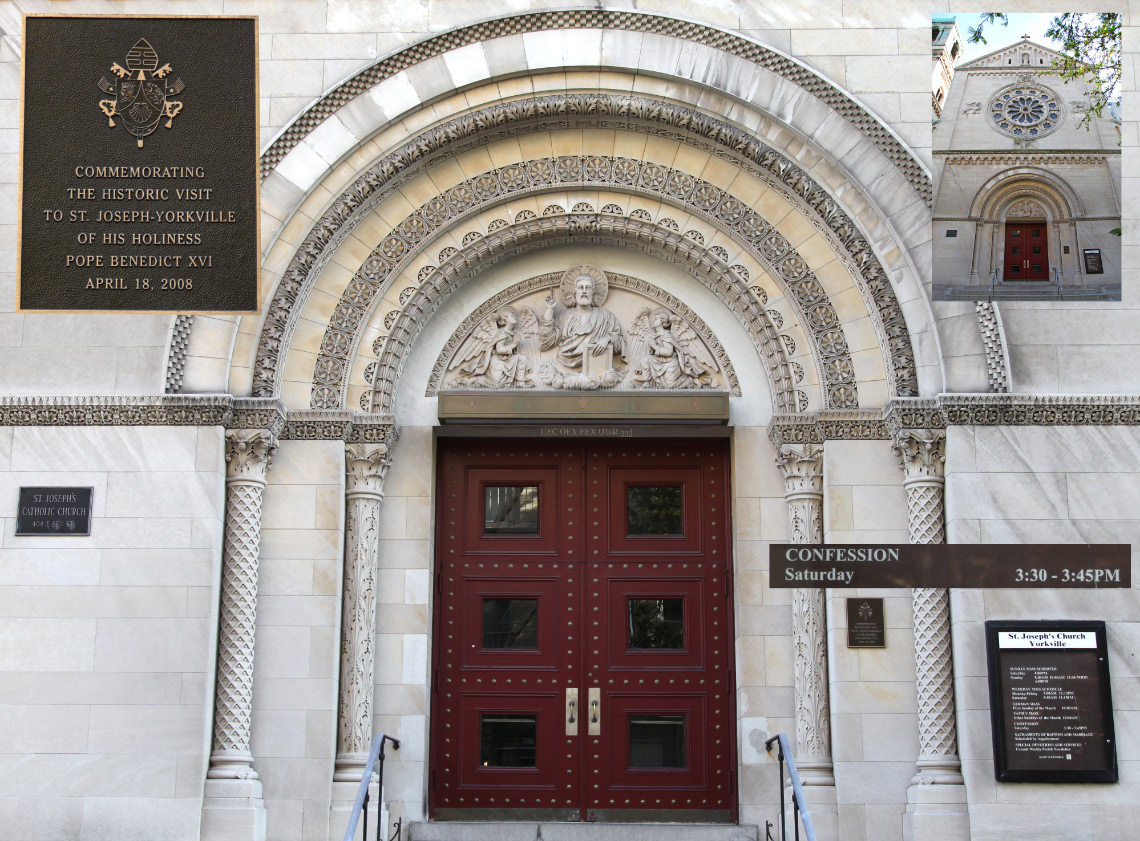 |
|
| |
A reigning pope visits a small Church in Yorkville in Manhattan |
|
| |
A miserable, blasphemous, price-gouging, apostate institution, yes, but they are hardly likely to exaggerate in this direction, and so if Georgetown University's Center for Applied Research in the Apostolate is to be believed, as of 2008 seventy-five percent of Catholics go to Confession, participate in the Sacrament of Reconciliation, "never" or "less than once a year". |
|
| |
| Whoever, therefore, eats the bread or drinks the cup of the Lord in an unworthy manner will be guilty of profaning the body and blood of the Lord. 28 Let a man examine himself, and so eat of the bread and drink of the cup. 29 For any one who eats and drinks without discerning the body eats and drinks judgment upon himself. |
| |
1 Corinthians 11:27-29 |
|
|
| |
So in essence, with this and countless other spirit of Vatican II– Churches throughout Christendom, a faithful Orthodox-Catholic Christian is faced with a real and serious dilemma, because a particular Church is not supposed to be a place whose pastor designs worship in such a way that almost everyone attending and receiving the Sacrament is doing so to his and her own condemnation.
Before the Second Vatican Council and Paul IV's and John Paul II's “spirit of Vatican II,” a priest in the confessional for ten hours every week was the common feature of Catholic Churches. Offering the Sacrament of Reconciliation was linked with celebrating Mass, the chief duty of a priest, the reason for having priests. In our, late XX – eary XXI century, in a very great many, perhaps the overwhelming majority of Catholic Churches (or buildings purporting to be), at least those in "the West," there is NEVER a priest in a confessional. Confession is available, if at all, by appointment. |
|
|
| |
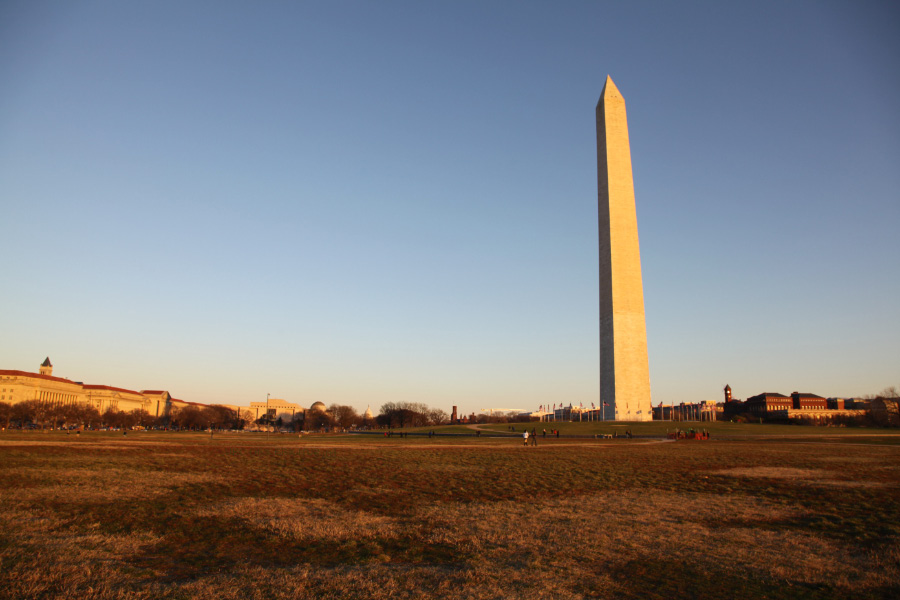 |
| |
... or alternatives to any Christianity, Freemasonry for example.
A 169 meter (555 foot) tall stone obelisk, beating out in 1884 the Kölner Dom - Cologne Cathedral, a middle ages gothic architectural jewel which houses the relics of the Three Kings - Dreikönigsschrein who visited Baby Jesus (Matthew 2:1-12), and which is only a bit more than 157 meters high. Is this a good thing? Like this strangely plain and unimaginative national symbol, George Washington (1732 - 1799) was inspired by Freemasonry, becoming the Master of the lodge in Alexandria, Virginia in 1788. Although the first man of the new nation from 1775, when he was the commander-in-chief of the Continental Army, until 1797, when he completed his second term as the country's first president, the man who was "first in war, first in peace, and first in the hearts of his countrymen" and the "father of his country" was unable from the advantage of that preeminent perch to live without the extra comforts and wealth that the hundreds of slaves owned by him and his wife could bring, though he arranged in his will for the manumission of his slaves after the latter of his or his wife's death. Lots of guys did this, and have been much celebrated in history books for their enlightened magnanimity, though in fact few of the founding fathers of the United States of America could bring themselves to doing so much. Certainly it was preferable to not emancipating their slaves at all. Still, this arrangement has always seemed very hypocritical to the present writer, and perhaps on that one point touching on character worse than not freeing slaves at all. There is the obvious point that the person doing the freeing does not shoulder the loss himself but rather imposes the costs of lost wealth on others, even if on one's own heirs. (Washington had no children of his own.) No doubt there are subtle points here about diminished asset values and credit worthiness during one's lifetime. The other equally obvious point is that the slave owner has recognized in his own mind while acknowledging also to others the evil of the thing to be shed, and yet he made a conscious and presumably much deliberated upon decision to postpone the needed movement toward justice, perhaps by decades. So all the slaves in question would get less of the necessary good thing — freedom — and some, one would have to calculate, would get none at all, would die before the postponed emancipation took place. This point, that sanctity and national heroism are consonant with a casual attitude about the timing of emancipation of slaves, has implications for another point of first moment to the American national consciousness, but more later on Abraham Lincoln, his presidency and legacy. Concluding these brief comments on Washington, quite possibly the biggest problem with the testamentary approach to manumission goes to the how, more so even than the question of the when. If the senior man does it himself, would it not come off better? Is it responsible to leave the vital details to sons or daughters? Whether the provisions to be made for the former slaves will be forty acres and a mule, or whether they will consist of an apology, a nice bag of gold coins and one way passage back to Sub-Saharan Africa, is it not the only responsible course for the former slave owner to plan and try to see through these details himself? One hundred and fifty years of American history have well shown the pitfalls of doing it poorly. |
|
| |
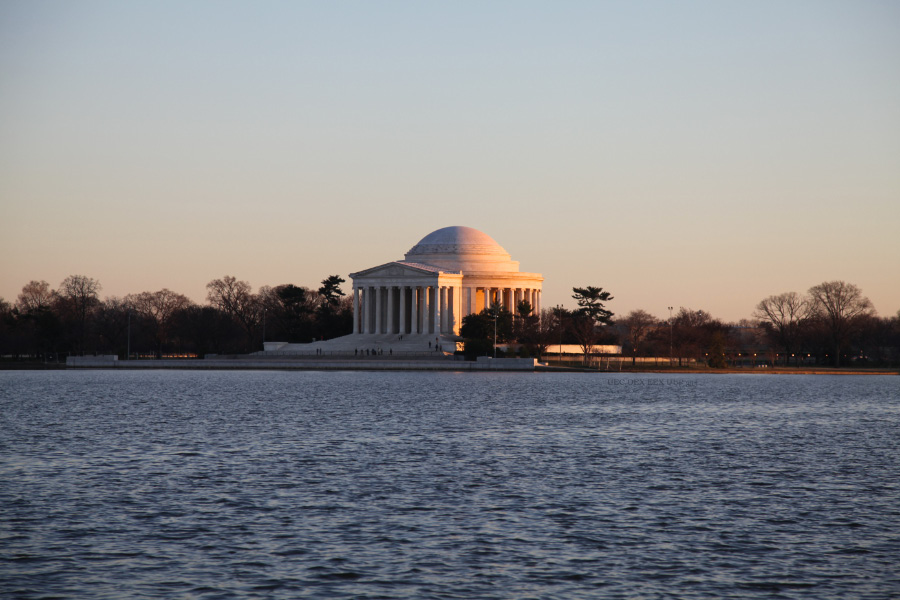 |
| |
|
The Thomas Jefferson Memorial on the Potomac, obviously no Christian structure, but at least the architecture is drawn from the classical orders of proto-European Christendom. Designed and built at the direction of and during the Franklin Roosevelt administration, the texts quoted on the interior and attributed to Jefferson are, often as not, truncated, not actually his, out of context and/or deliberately misleading. |
| |
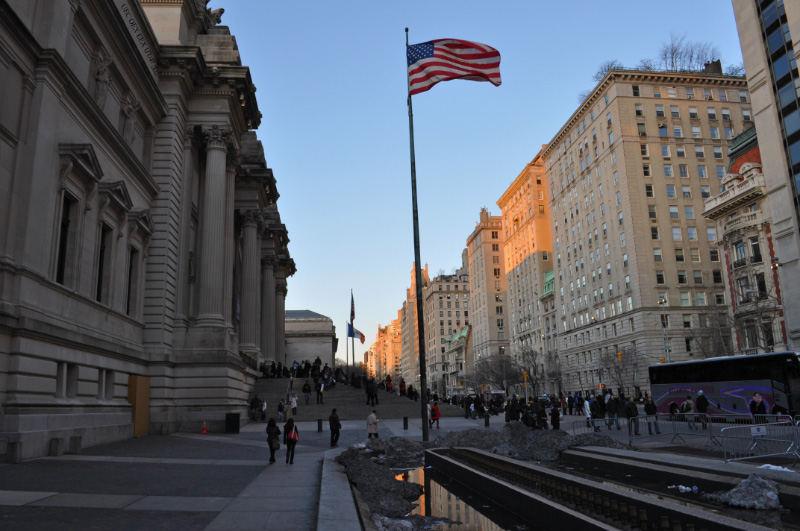 |
| |
Metropolitan Museum of Art of New York City, a jewel of European Christendom, filled with our art, controlled by our enemies. |
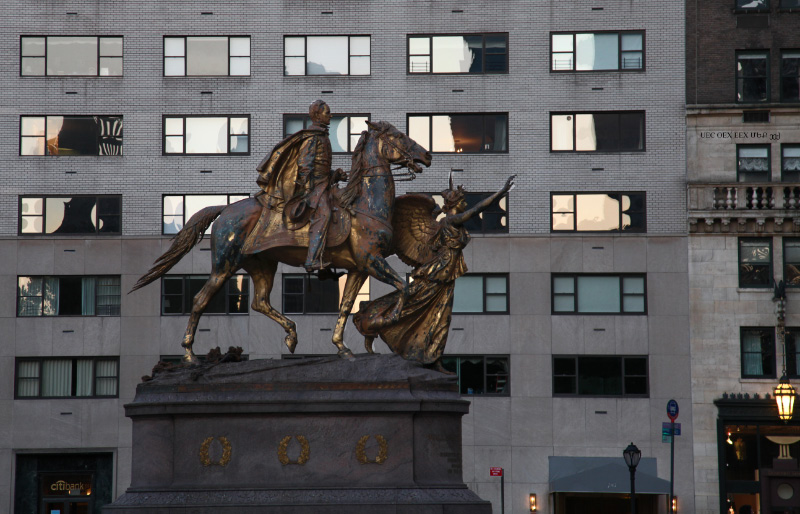 |
|
| William Tecumseh Sherman, monument to a real bastard at Fifth Avenue and 60th Street, Manhattan, just where it belongs. |
|
|
|
|
| |
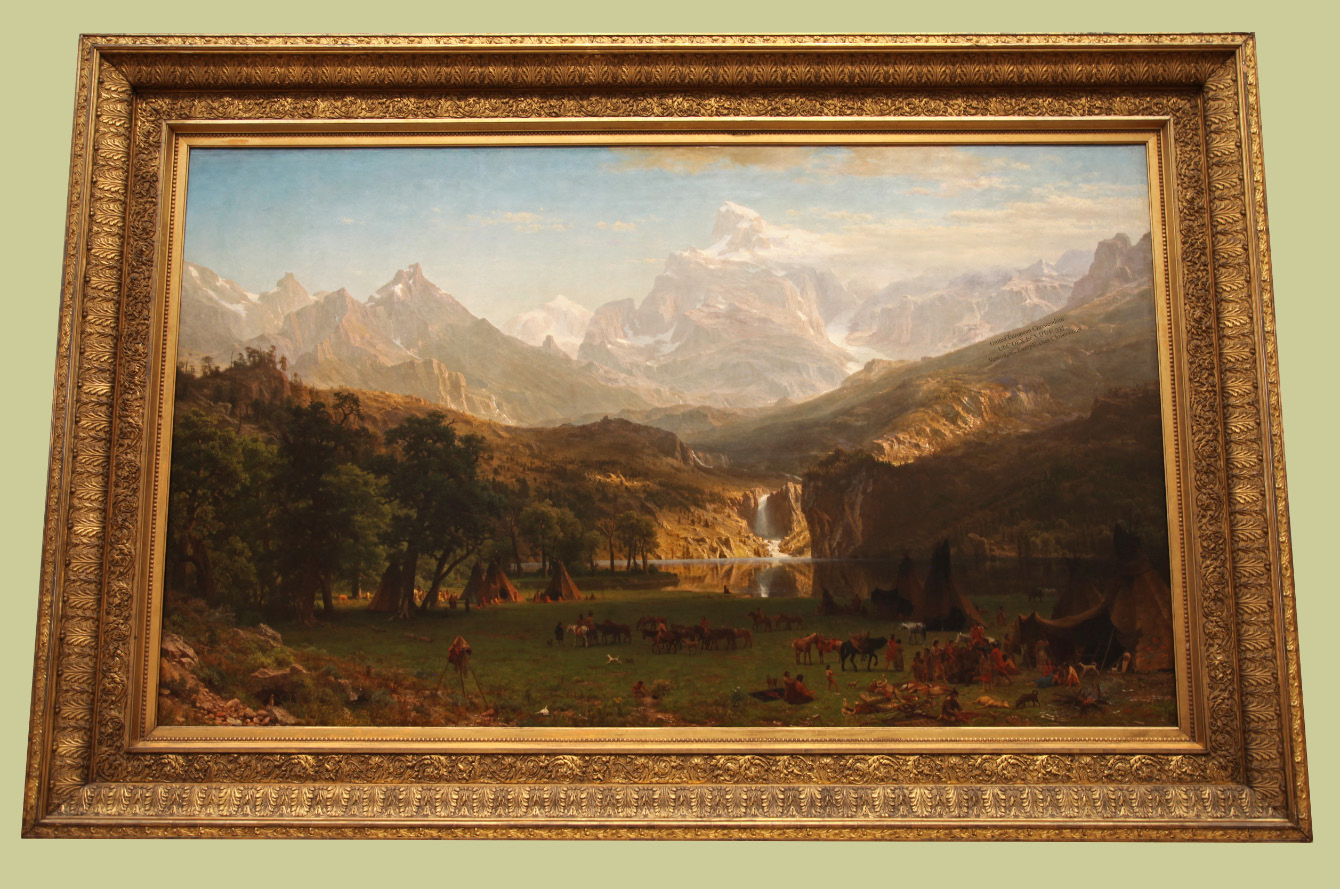 |
|
| |
The Rocky Mountains, Lander's Peak (1863) in MMA, by Albert Bierstadt (1830 - 1902), German-American of the Hudson River School celebrating the Manifest Destiny of the Descendants of European Christendom. |
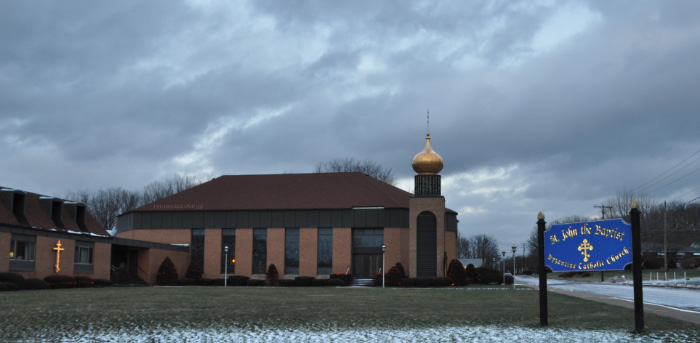 Hazleton, Pennsylvania Hazleton, Pennsylvania
|
|
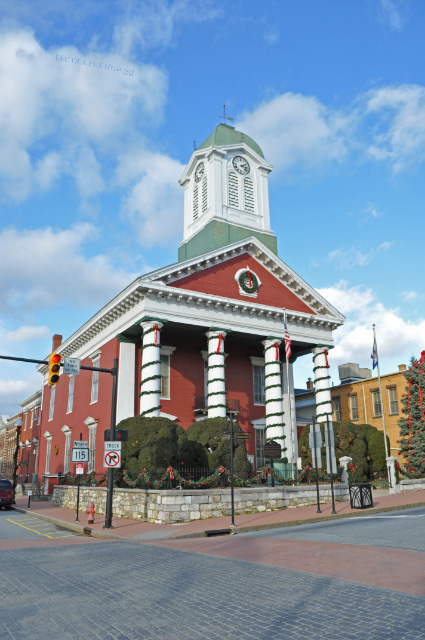 |
| |
|
Charles Town, Virginia |
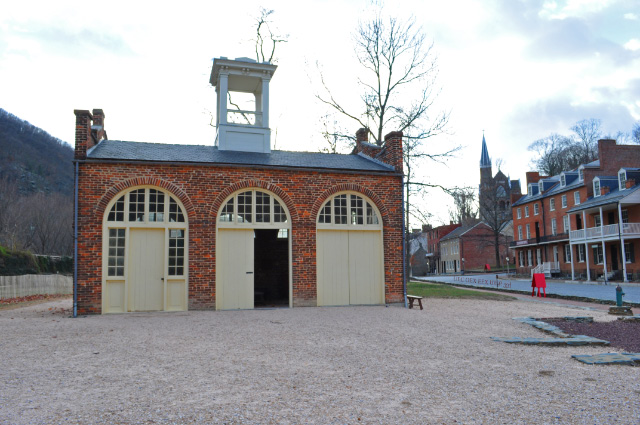 |
|
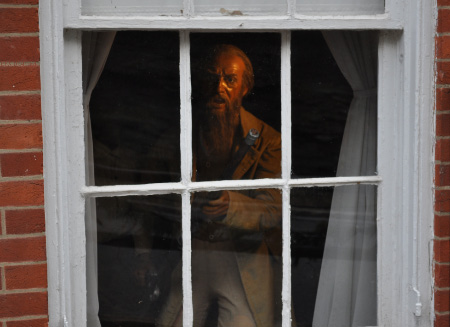 |
| Harpers Ferry Armory - John Brown's Fort, West Virginia, a brick building later moved, twice. |
|
John Brown's failed raid and rebellion were instigated and financed by George Luther Stearns' Secret Six. Wonder what this guy Stearns was all about? Genuine concern for the lot of Sub-Saharan Africans?
What a coincidence, Harpers Ferry was also the meeting place in the early XX century for the so-called Niagara Movement, predecessor of Henry Moskowitz' NAACP. |
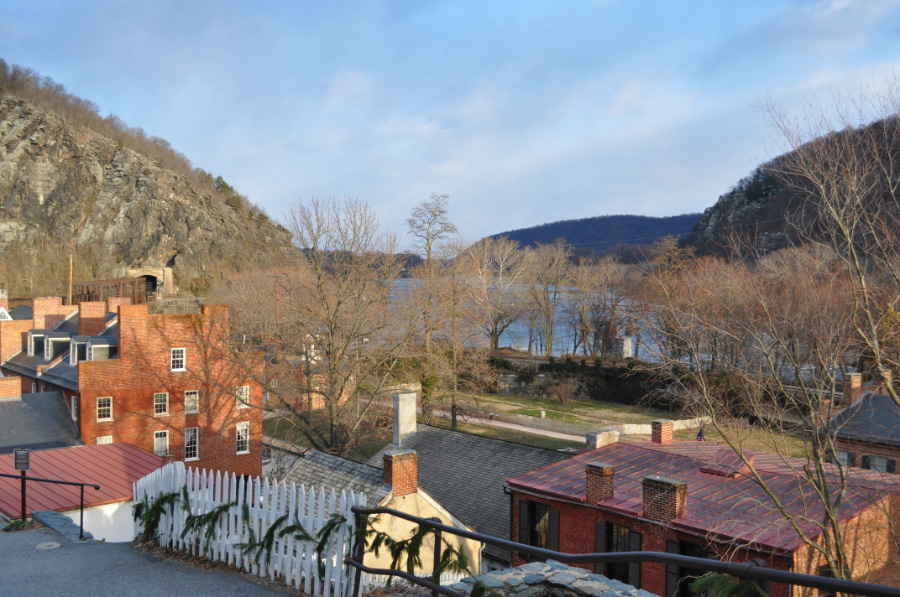 |
|
| |
... from Harpers Ferry, a glimpse of the Shenandoah River ... almost heaven. |
|
|
|
|
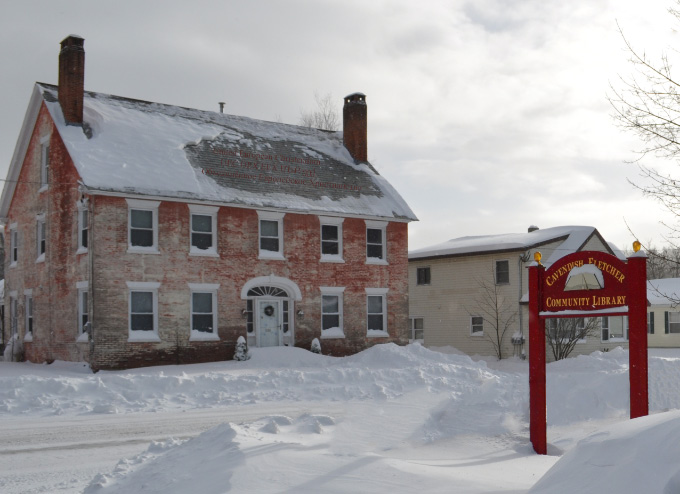
Cavendish, Vermont
“You must understand. The leading Bolsheviks who took over Russia were not Russians. They hated Russians. They hated Christians. Driven by ethnic hatred they tortured and slaughtered millions of Russians without a shred of human remorse. The October Revolution was not what you call in America the “Russian Revolution.” It was an invasion and conquest over the Russian people. More of my countrymen suffered horrific crimes at their bloodstained hands than any people or nation ever suffered in the entirety of human history. It cannot be overstated. Bolshevism was the greatest human slaughter of all time. The fact that most of the world is ignorant and uncaring about this enormous crime is proof that the global media itself is in the hands of the perpetrators.”
– Александр Исаевич Солженицын |
|
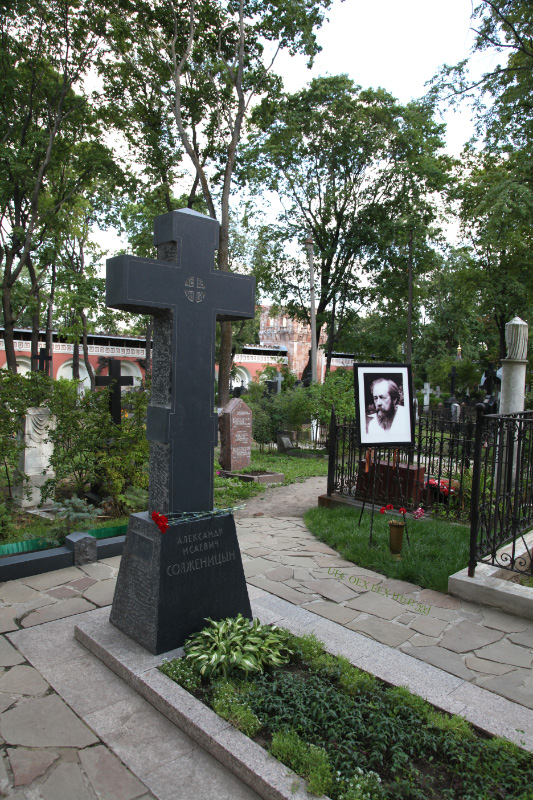 |
| |
|
Aleksandr Isayevich Solzhenitsyn grave in Donskoi Monastery in Moscow |
| |
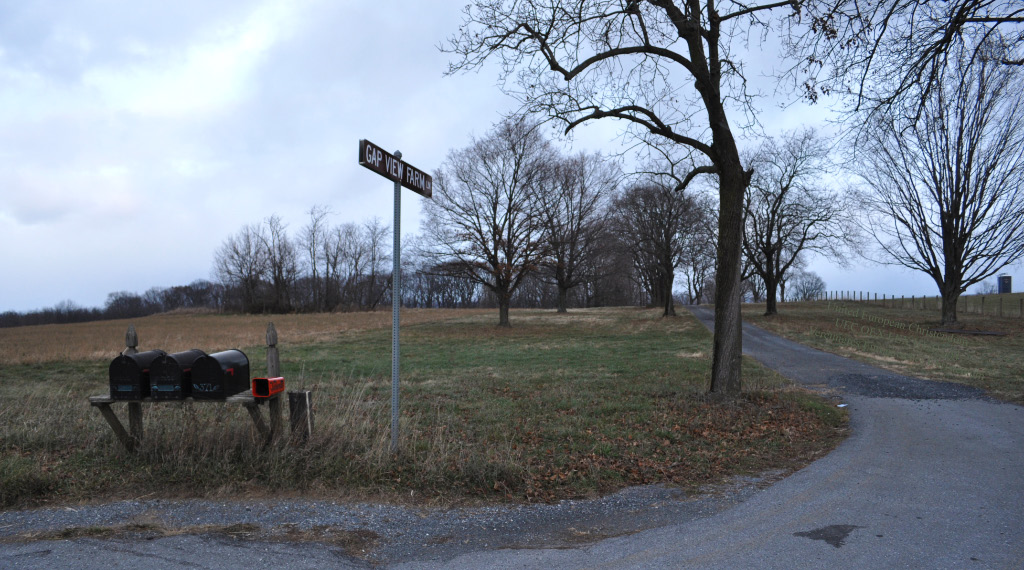 |
| |
|
... West Virginia farm country near Charles Town |
| |
 |
|
| |
Robert Lewis Reid (1862-1929) Fleur de Lis (c. 1895-1900)
In Metropolitan Museum of Art in New York City |
|
| |
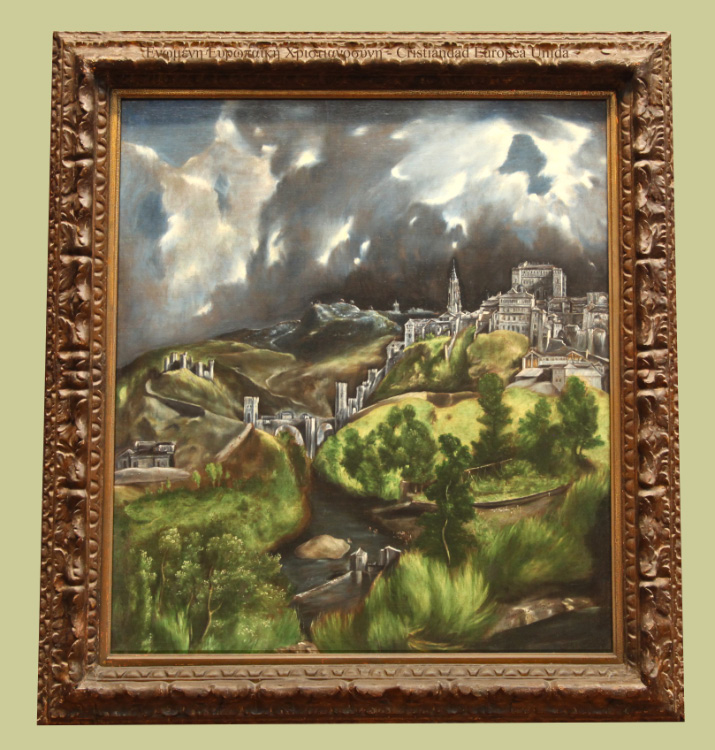 |
|
| |
Vista de Toledo - View of Toledo, painting by El Greco in the MMA, NYC
Δομήνικος Θεοτοκόπουλος - Doménikos Theotokópoulos (1541, Crete - 1614, Toledo)
|
|
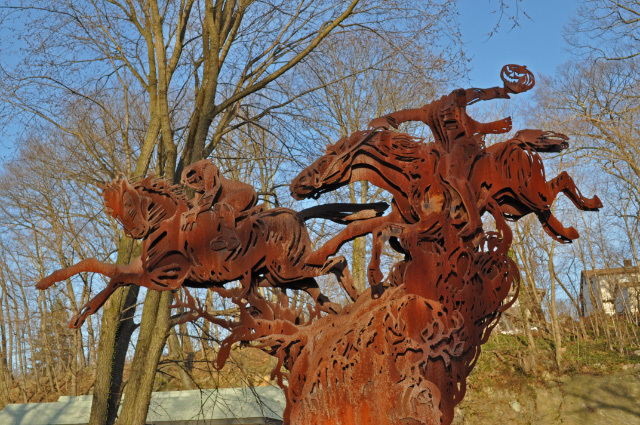 |
|
|
Headless Horseman Sculpture in Sleepy Hollow in New York State.
The Legend of Sleepy Hollow (1820) by Washington Irving (1783 – 1859) was set around the Sleepy Hollow Cemetery where Irving — Washington, not David — himself is buried, the Sleepy Hollow Cemetery abutting on the Rockefeller family cemetary. |
|
|
| |
|
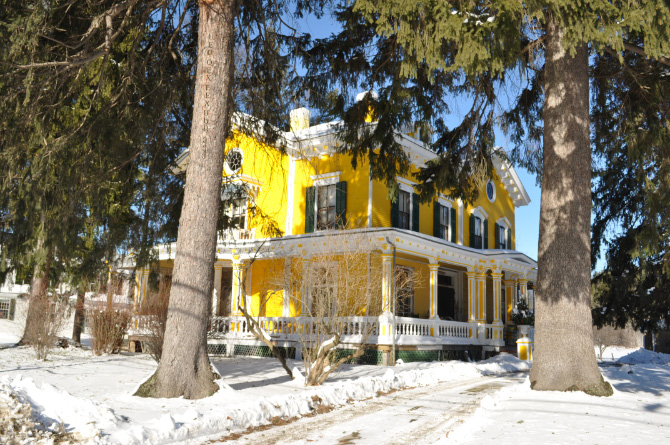 |
| |
|
Vermont |
|
|
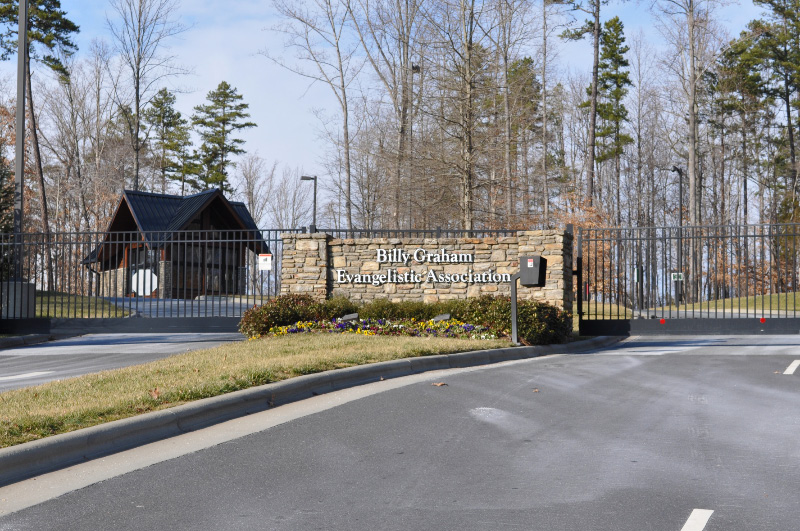 |
"I found that my beliefs are essentially the same as those of orthodox Catholics. We only differ on some matters of later church tradition. I find that my beliefs are essentially the same as those of orthodox Roman Catholics"
— Billy Graham, McCall's Magazine, 1/78 — |
| |
|
|
| |
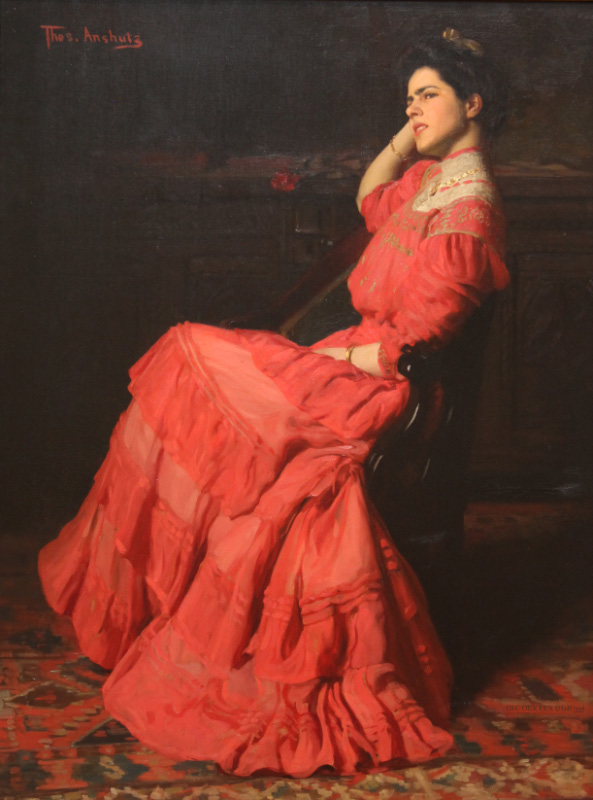 |
| |
|
A Rose by Thomas Anschutz |
|